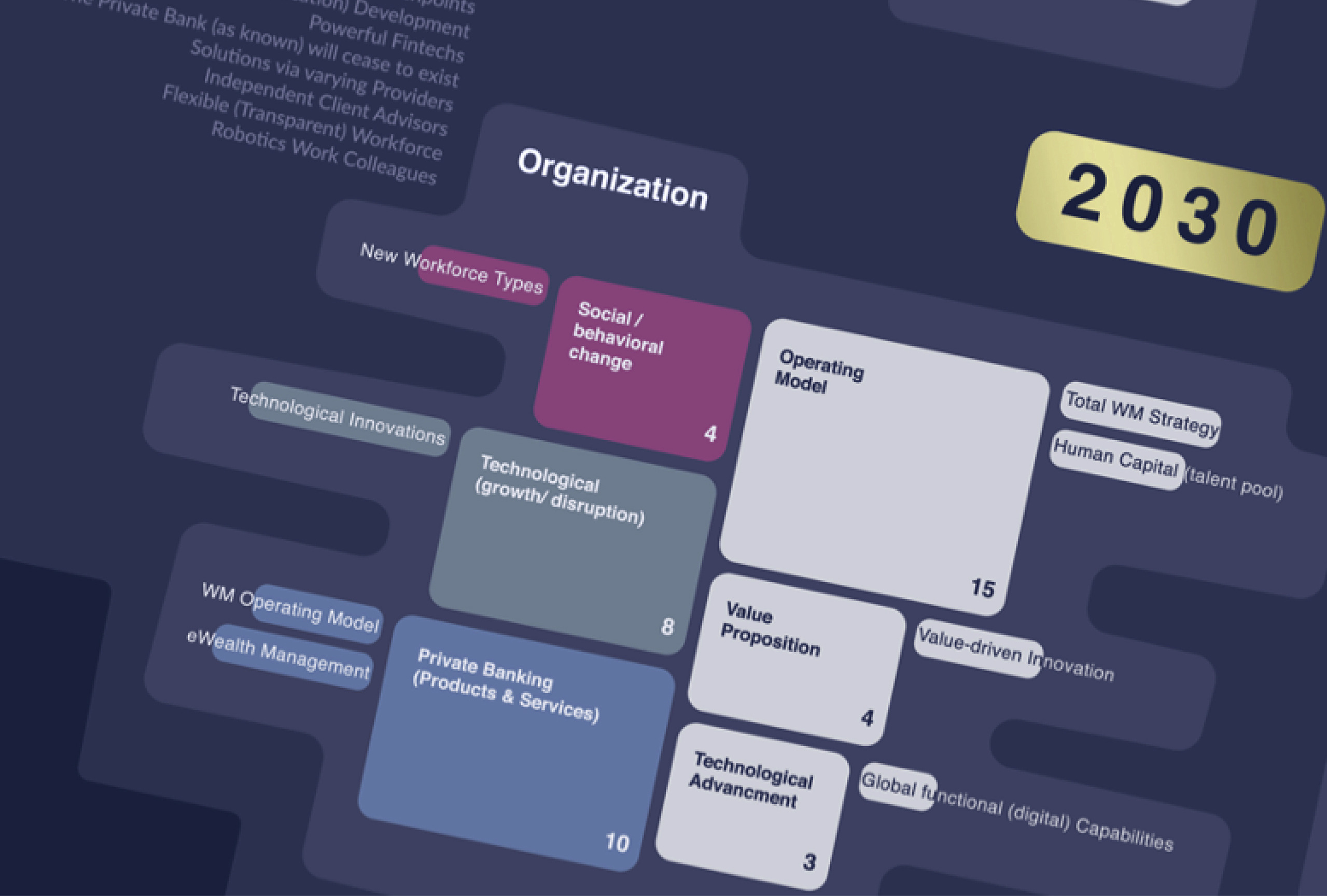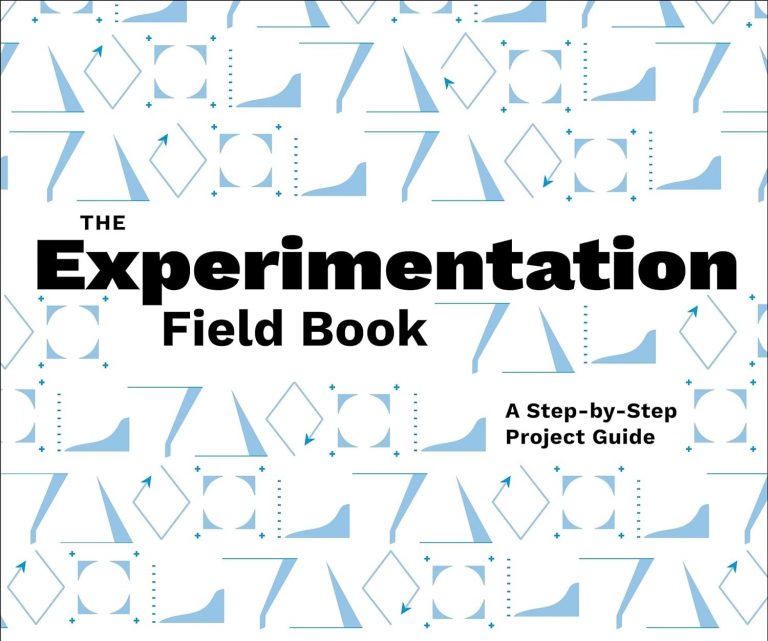[Paper] Foresight and Design: New Support for Strategic Decision Making

Foresight and Design: New Support for Strategic Decision Making
by Joern Buehring and Peter C. Bishop
She Ji: The Journal of Design, Economics, and Innovation, Volume 6, Issue 3
Autumn 2020, 25 pages
[open access]
Abstract
Decision makers who plan, decide, and act to influence change need to rely on a new, emerging approach to the future in the increasingly turbulent environments they face today. After reviewing the evidence that the world has in fact changed, we introduce two emerging disciplines that have grown in response to those changes: strategic foresight as a complement to traditional, extrapolative forecasting, and strategic design as the systemic version of the more tactical product-service design. Neither replaces the traditional disciplines, but practitioners of each are able to contend with the fast moving, disruptive changes more common in this century than in the last. Both are valuable in themselves, but integrating them into design with foresight allows practitioners to handle both the changes to an organization coming from the world aka inbound change, and changes which an enterprise creates itself to influence the world, aka outbound change or strategy. Finally, we compare the results of a traditional study from the financial services industry with one using the integrated approach.
Conclusion
Globalization, digitization, and an advancing information environment are transformative factors contributing to an unprecedented VUCA (volatile, uncertain, complex, and ambiguous) world. Those changes are affecting organizations, who have to deal with events and issues more tightly coupled than ever, and the disruptions that are the cause for anticipating and influencing change through strategic decision making. Responding to these challenges requires leaders responsible for the long-term future of their organizations to gain as much understanding as possible about what is going on and what the consequences could be, and to envision a preferable destination and the means to move toward it. The integration of strategic foresight and design as twin disciplines offers a new approach to understanding change, the future, and the means of influencing it in preferable ways. The traditional approach to forecasting breaks down when the rate of change and the frequency of disruption increases to a point where uncertainty dominates; such is our current environment.
As we have outlined here, a new approach to anticipating and influencing the future is needed. Using a futures study integrating foresight and design, in contrast to a traditional financial services report, we have demonstrated the power of design to shape the data needed for wider audiences of actors to make effective future-oriented decisions. An integrated foresight and design approach has the potential to become the default support system for strategic decisions.



